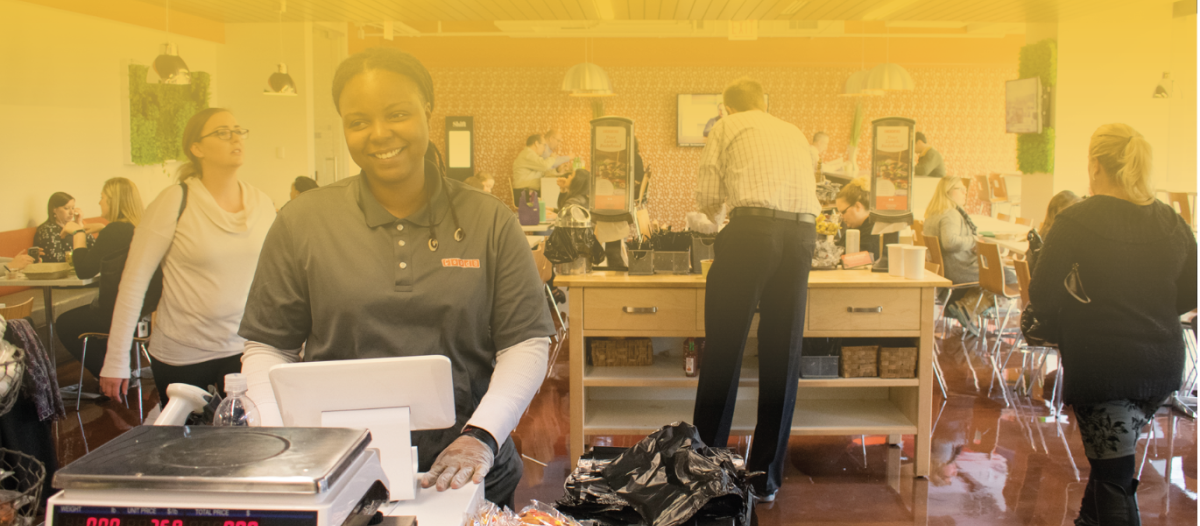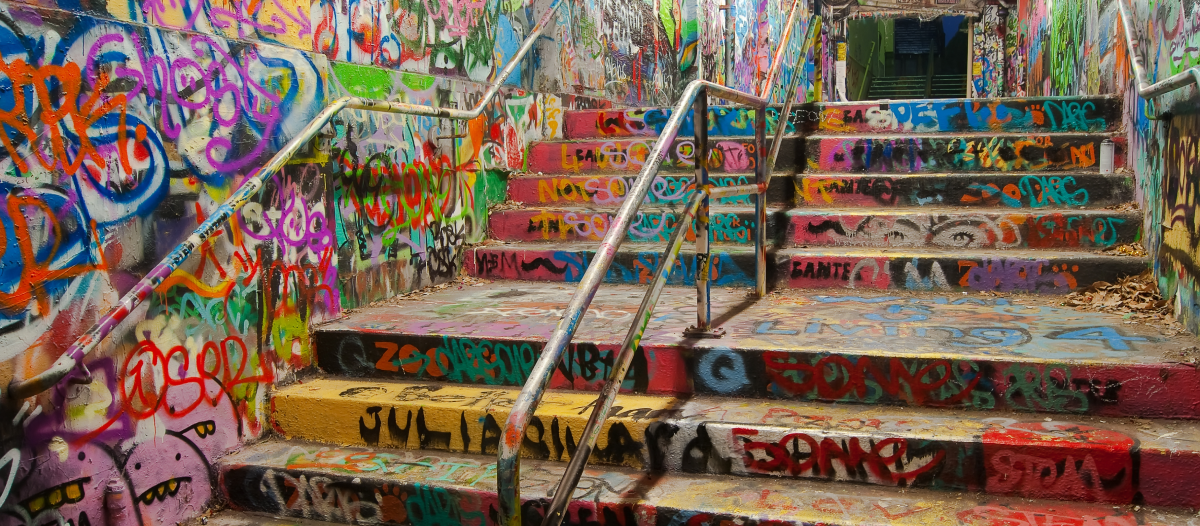Multifamily Housing
A smart tech guide for FMs

Smart technology has been in phones, computers and cars for more than a decade.
Now, it is officially signing its lease with multifamily housing.
Smart home assistants, doorbells and lightbulbs have become increasingly popular in single family homes and now they are integrating into apartment complexes, town homes and condominiums. The need for more innovative and connected solutions in multifamily units has been increasing as more property owners track vacant units from a distance and residents are requiring elevated safety and advanced tech functionality in their homes.
While in-home smart tech may seem easy to navigate upfront, the reality is that most systems were not designed for multifamily homes and apartment complexes. Instead, they were made to meet the needs of single-family homes. Now, as more residents look for multifamily homes with smart tech included, it is important that property owners and facility managers take advantage of their full capabilities to accurately manage vacant units and meet tenants’ needs.
The first step is knowing what smart tech options there are and how they function.
Smart tech casics: Systems, functions & more
Smart home technology is a newer phenomenon, and it is even newer to the multifamily space. To understand how property owners and managers can use smart home technology in their units, they need to start with the basics.
Smart technology for homes can help regulate temperature, turn on and off lights, secure locks and monitor who is at the door or entering a home, offering elevated efficiency and convenience for residents.
Don’t want to get up to turn off the lights? Simply ask a smart home assistant to do it. Not at home to answer the door? Check the smart doorbell camera to see who is there.
At the surface, these are great tools for residents living in and occupying apartment units. However, they can also be an excellent resource for FMs to use for managing unoccupied units, common areas and monitoring overall building safety.
Smart technology systems include smart home assistants, doorbells, thermostats and more.
Each comes with its own specifications and benefits, some more focused on residents than others, so understanding how smart home technology can contribute to easing the day-to-day responsibilities of managing a multifamily property is key.
Choosing the right tech
When it comes to choosing the right systems, start by identifying the areas that require the most attention. For example, if a property has five vacant units that all need daily check-ins to ensure internal temperatures are regulated and all doors are appropriately locked, monitoring smart tech may be the right fit.
Systems like smart thermostats and internal/external monitoring cameras allow access to see what is going on inside and around the unit without having to spend the time inspecting them daily.
Smart camera systems can also be programmed to send notifications to FMs every time someone requests to enter the unit. They also allow systems to be connected to automated locks, meaning owners would have control over who is entering each unit without needing to get up.
Systems like smart home assistants could be good fits as well, specifically for FMs needing to make their vacant units look occupied. Smart home assistants can connect to lamps, overhead lights, TVs and Bluetooth sound systems, and can be controlled through an app, allowing FM and property teams to turn on and off lights, sound and TV remotely.
Having these options can prove useful, especially during peak seasons of home-related break-ins. However, smart tech needs will vary depending on when vacant units turn over and become occupied. As residents move in and out of units, it is important to know how control of smart home technology systems can be transferred to residents as property and FM personnel hand it over to their tenants.
Handing over control
Smart technology systems are made to be user-friendly, but they are not without their quirks.
The biggest issue with smart technology now is that it is not made for the multifamily living space. Meaning, adjusting systems for each individual unit can present a few challenges, as they were designed to be set up and used in one static home. While investing and implementing smart home technology systems may seem daunting, the truth is that residents find value in having these technologies already equipped and, for the most part, ready to go.
Once a vacant unit becomes occupied, one of the first things that should be done is handing over smart tech access. With FM no longer needing to oversee the monitoring of the unit, all functions should be granted to the new resident. For most systems, controls can be handed over through a mobile app or online platform. Others, like smart doorbell systems, may require a bit more lift as they need to register lock access to certain devices through mobile registration.
Another item to think about when handing over control of smart tech is understanding how to take back control after a lease is up. Overall, multifamily units will need systems that can automatically transfer control back to the owner once the resident vacates.
When issues arise: Troubleshooting smart tech problems for residents
Smart technology is just that, technology. And no tech comes without some issues now and then.
Smart tech is usually user-friendly, meaning issues are likely to be handled by the resident on their own time. However, there will be instances where they will need support.
For example, if there is a power outage and all smart tech devices become disconnected at once, it may require the FM team’s assistance to restore systems properly as most will need administrative authentication to connect to certain servers and networks. There is also concern from residents about fire hazard with smart doorbells and locks, but these systems are on battery power and not connected to electricity of building or unit.
Depending on how many residents are in a building and how many devices need to be reconnected, this process can take some time. However, many of these issues can be solved or avoided by educating residents. Helping residents understand how issues can be avoided or what to do in the event something goes wrong is helpful to both the property personnel and residents, as it cuts down the time needed troubleshoot and solve an issue.
Smart technology issues can also be minimized by implementing a troubleshooting process and training staff ahead of time. For example, if there is an outage affecting only a certain subset of smart tech devices, property managers and staff should have a resource that can be used to help all affected residents get their tech back up and running in their units.
Not only will these established processes help get things back up and running in less time, but it also helps ease the stress staff may face when technology issues come up. Instead of panicking, they can swiftly take care of the issue.
Creating efficiencies together
Smart tech is the way of the future, not just for multifamily homes, but for everyone. Soon, smart tech will no longer be a luxury for residents, and it will make a lasting mark on the multifamily housing market as more renters are looking for homes with smart technology included in their units.
By understanding how smart tech works, what the different options are, how it can be utilized in vacant and occupied units and what to do when issues arise, residential FMs are able to add further value to their property for potential and current residents.
Technology is not going anywhere. Adding smart tech into a property may save property owners, FM teams, staff and their residents a lot of headaches down the line. Smart technology can add tangible value to a property and property teams will likely notice a difference, especially when it comes to their own peace of mind and residents' satisfaction.

Michael Slovin is the vice president of national field sales and marketing at Xfinity Communities. In this role, he develops the strategy for how Comcast serves the multifamily community and develops products and solutions that improve the community and resident experience. With more than 20 years of experience in the telecommunications industry, Slovin’s background serves as the perfect tool for helping facility owners and managers understand the ever-changing needs of residents.
Read more on Real Estate , Technology and Occupancy & Human Factors
Explore All FMJ Topics









